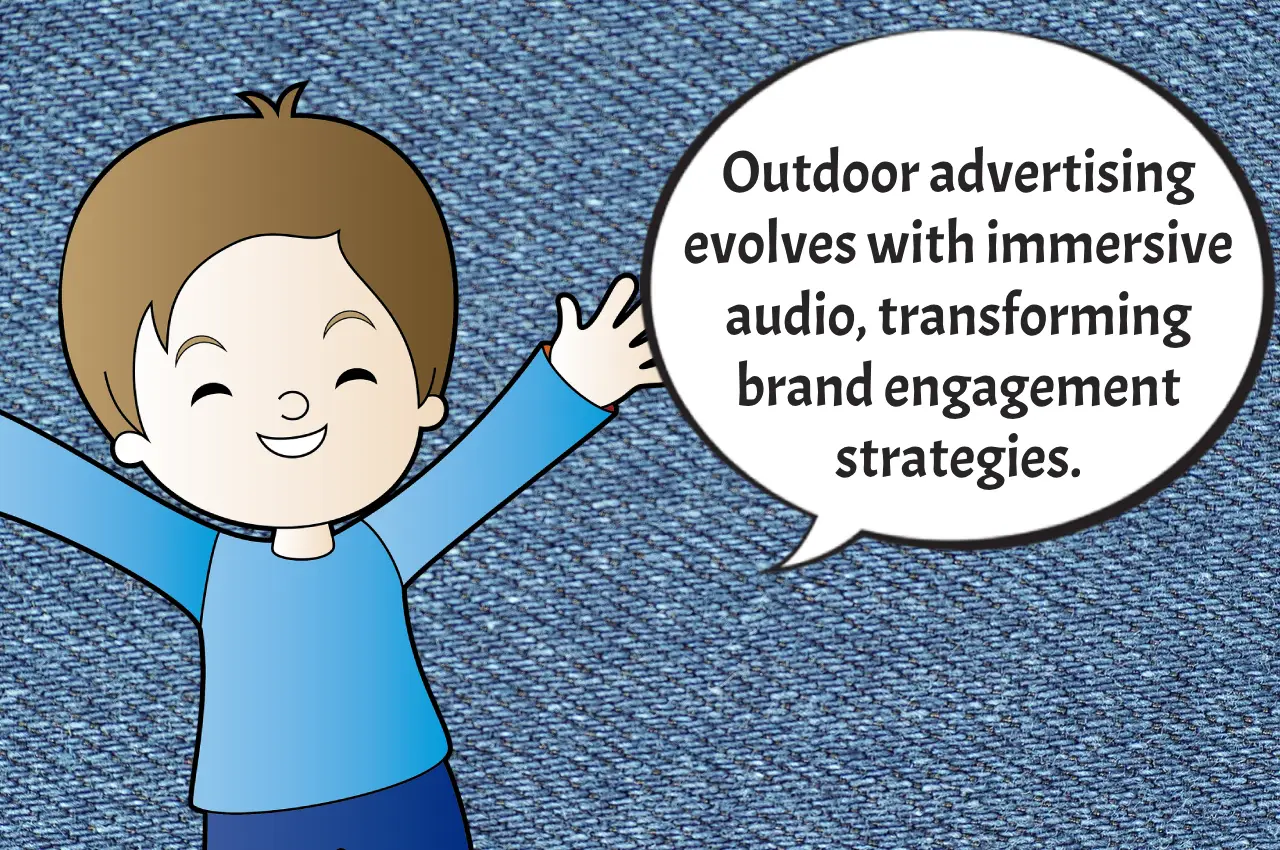In the fast-paced world of advertising, where attention spans are fleeting, creating a connection with the audience is more critical than ever. While metrics like reach and frequency provide valuable insights, they often overlook the emotional impact that an advertisement can have on viewers. In this blog post, we delve into the fascinating realm of measuring emotional engagement in TV advertising, exploring why it matters and how it can be quantified.
Why Emotional Engagement Matters
TV advertisements aren’t just about showcasing products or services; they’re about creating an experience that resonates with the audience. Emotional engagement goes beyond simple brand recall; it forges a lasting connection that can influence consumer behavior.
When viewers emotionally connect with an advertisement, they are more likely to remember the brand and, ultimately, become loyal customers. Think about the last time you saw a heartwarming commercial that made you smile or a touching story that brought a tear to your eye. Chances are, you not only remembered the product but also associated positive emotions with it.
The Science Behind Emotional Engagement
Understanding emotional engagement involves decoding the science behind human emotions. Neuroscientific studies reveal that emotions play a pivotal role in decision-making. When an advertisement triggers emotions, it activates certain areas of the brain, creating a memorable experience.
For instance, a study conducted by the NeuroLeadership Institute found that advertisements with a strong emotional impact lead to increased brand preference and a higher likelihood of purchase. In essence, emotions are the secret sauce that transforms a mundane ad into a compelling narrative.
Measuring Emotional Engagement: Beyond Traditional Metrics
Traditional metrics like views and clicks provide quantitative data, but they fall short in capturing the qualitative aspects of emotional engagement. To truly measure the impact of a TV advertisement, marketers are turning to innovative methods.
1. Facial Expression Analysis:
With advancements in technology, facial expression analysis has become a powerful tool for gauging emotional responses. By tracking facial expressions of viewers during an advertisement, marketers can identify moments of joy, surprise, or even frustration. This granular understanding helps in tailoring future campaigns to elicit desired emotional responses.
2. Eye Tracking Technology:
Our eyes reveal a lot about what captures our attention. Eye tracking technology enables advertisers to see exactly where viewers are looking during an advertisement. This information is invaluable for optimizing the placement of key elements and understanding which scenes evoke the strongest emotional responses.
Real-World Success Stories
Let’s take a look at a real-world example of emotional engagement in TV advertising. In 2015, Google’s “Dear Sophie” commercial tugged at the heartstrings of viewers worldwide. The ad, which showcased a father chronicling his daughter’s life through Google services, resonated with audiences on a deeply emotional level. The result? Viewers not only remembered the ad but associated Google with the emotions of love, nostalgia, and family.
This example underscores the transformative power of emotional storytelling in advertising. It’s not just about selling a product; it’s about creating an emotional connection that endures.
Challenges and Opportunities
While measuring emotional engagement opens up new possibilities, it also comes with its set of challenges. Emotions are subjective and can vary greatly from person to person. Additionally, cultural nuances play a significant role in how emotions are interpreted.
However, these challenges present opportunities for marketers to dive deeper into understanding their diverse audience. Conducting focus groups, surveys, and cross-cultural studies can provide valuable insights into the emotional nuances that resonate with specific demographics.
The Future of TV Advertising: A Personalized Experience
As technology continues to advance, the future of TV advertising holds the promise of personalized experiences. Imagine a world where ads are tailored not only based on demographic data but also on individual emotional preferences. Advertisers armed with the ability to evoke specific emotions can create campaigns that feel uniquely crafted for each viewer.
This shift towards personalization requires a more profound understanding of the emotional landscape. Marketers will need to invest in cutting-edge technologies and data analytics to decode the emotional fingerprints of their audience.
Evoking Emotions for Lasting Impact
In the ever-evolving landscape of TV advertising, the ability to measure and leverage emotional engagement is a game-changer. It’s not just about making a sale; it’s about leaving a lasting impression that lingers in the hearts and minds of viewers.
As marketers, embracing the science of emotions opens up a world of possibilities. By incorporating innovative measurement techniques and learning from real-world success stories, we can create advertisements that not only capture attention but also leave an indelible mark on the emotional fabric of our audience.
What are your thoughts on emotional engagement in TV advertising? Have you ever come across an advertisement that left a lasting emotional impact? Share your experiences and insights in the comments below. Let’s continue the conversation and unravel the fascinating world of emotions in advertising together!





